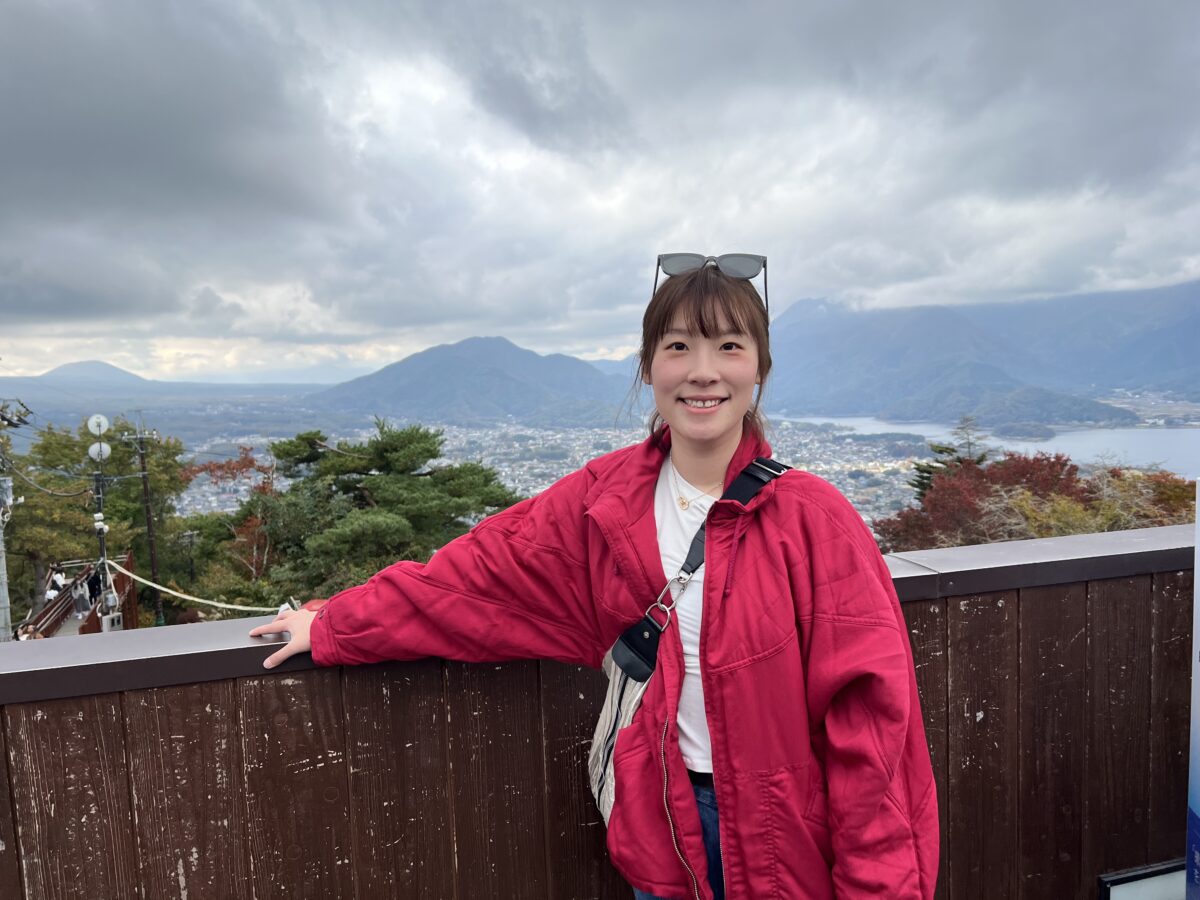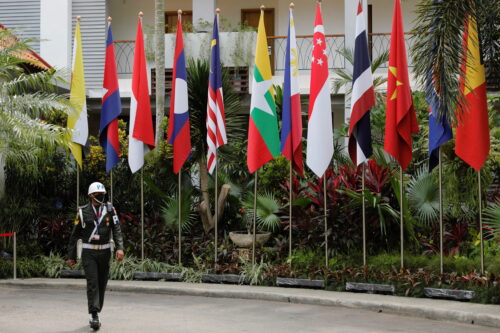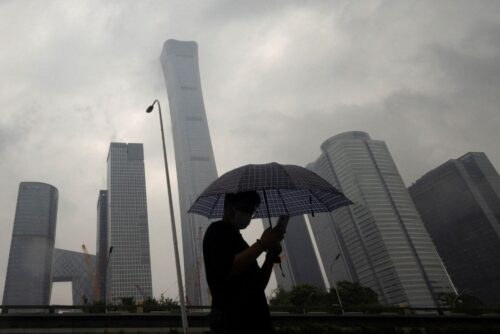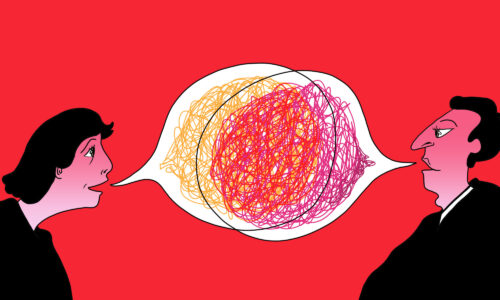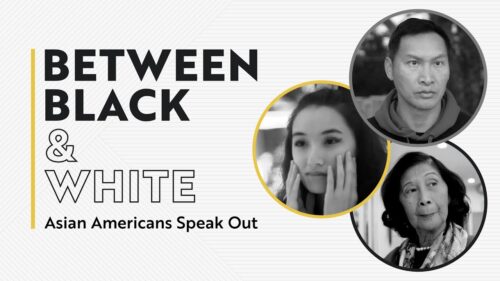After three years of isolation from the outside world, Jiǎng Hánlíng 蒋韩玲, a 64-year-old living in Shanghai, is easing back into her old routine. She hosted a family gathering for the Lunar New Year, where her adult daughters and grandchildren gathered to enjoy her delicious homemade food. The evening outdoor exercise group she’s part of has resumed its daily schedule. She started taking her poodle to regular grooming again.
But like many other Chinese seniors, Jiang isn’t planning to resume her pre-pandemic life. She told The China Project that the person who entered the pandemic era isn’t the same person coming out. For her, the long pause that forced both isolation and introspection has been a catalyst to change the course of her life.
Jiang intends to finally splurge on that luxury mattress that she’s been eyeing for years. She wants to visit Japan with her husband in the autumn. And most notably, she is willing to be “a little bit selfish,” she says. In the long days spent locked down in her apartment, Jiang made a promise to herself: She won’t go back to a life of being the primary caregiver of her grandchildren and saving up for an uncertain future.
“There has definitely been a shift in what I see value in doing,” she said. “I have new goals and priorities now. I want to feel young and have fun again, and I’ve realized it’s not too late to act on that.”
Echoing Jiang’s sentiment, Hé Lánhuì 何兰惠, 61, told The China Project that she has also emerged from the COVID-19 experience with a new perspective. Holed up in her small apartment throughout China’s lockdowns, He, who lives in Chongqing, “reflected extensively” on how she’s been living her life, she said. Coming out of the pandemic, He said she had stopped fretting about her 32-year-old son’s dating life. Rather than saving money to help him buy his first apartment (which is widely seen as a prerequisite before a man can be considered an eligible suitor), He plans to spend more on herself.
Since the start of February, He and her friends have established a weekly get-together: dining at a high-end restaurant, a routine she said she hadn’t expected to adopt in the past. “I had this wake-up call that the past three decades of my life have basically revolved around my son. I was worrying about his education, his job, and him finding a partner,” she said. “Then I had this epiphany that I wanted to take back control of my life.”
Living through a pandemic and witnessing the tragic loss of life has made many older Chinese adults like Jiang and He reevaluate the way they approach life, particularly in the way they spend and save their money. As Jiang puts it, “watching people my age pass away was hard and it made me realize that I don’t have a whole lot of time to do what I want to do.” As depressing as it sounds, the thought spurred Jiang to make a positive change to her life.
This trend is reflected in the rise of senior social media influencers, who are using online platforms like Kuaishou and Douyin, typically regarded as the virtual playground of millennials and Gen Z, to defy ageist stereotypes of older people as inactive and averse to spending. Take, for example, @时尚奶奶团 (fashion grandmas), which has gained roughly 3.8 millions followers on Douyin, the Chinese version of TikTok, by posting videos of Chinese ayis dressing gracefully in traditional Chinese outfits.
Another breakout star from this phenomenon is the 82-year-old internet celebrity @汪奶奶只穿高跟鞋 (Grandma Wang, who only wears high heels), who has nearly 14 million followers on Douyin and regularly shares clips of herself dressing up and dancing to pop songs. Self-empowerment is a common theme in Wang’s content, with many of her videos explicitly telling viewers to “live in the moment” and invest in themselves. “Age is just a number. My fantastic life has just begun,” her bio reads.
The message resonates deeply with He, who joined Douyin during the pandemic “out of boredom and was quickly hooked,” she said, adding that her favorite content creators are senior influencers like Wang, who is “inspiring and very relatable.” He is also a regular viewer of Wang’s ecommerce livestream sessions, where the internet celebrity showcases a wide variety of products for brands that she works with. He admitted that she had been “influenced” by Wang to make several purchases, including snacks, skin care products, and an at-home exercise bike to “sweat off the weight” she gained during the pandemic.
According to the latest census released in 2021, with more than 260 million residents aged 60 or above, China is home to the largest and fastest-growing population of older adults in the world. Having been blessed enough to work in an era where China’s economic growth was envied by the world, these seniors have amassed wealth like no other generation before them.
Even before 2020, China’s youthful Silver Economy was flexing its financial power — the pandemic has only accelerated this trend. It is expected that China’s silver spending will triple from $750 billion to $2.1 trillion in 2030, overtaking Japan to become the second-biggest Silver Economy in the world after the U.S.
The increasingly lavish attitude of elderly Chinese consumers stands in stark contrast to China’s younger generations, which have been forced into austerity. Worried about a slowing economy, high unemployment rates, and a weakening property market, young urban professionals in China are tightening their purse strings and preferring to save rather than spend.
A growing number of brands are taking notice of the spend-it-all attitude among older Chinese, turning their attention to this class of affluent consumers that they have neglected for too long. For example, in a 2021 ad campaign for the Double-Ninth Festival (an occasion for hiking and chrysanthemum appreciation) also known as Seniors’ Day in China, Chinese smartphone maker Vivo released a video featuring young customers using its device to take photos of their parents. The commercial was met with plenty of praise online, with many applauding the company for shining light on the elderly demographic in a loving manner.
Even luxury brands are treating silver shoppers as a desirable target demographic. Last July, in an ad campaign called “Accidental Influencer” for its tennis footwear, Italian luxury fashion house Gucci invited an array of stylish seniors to participate. The unconventional campaign was a hit on Weibo, where commenters lavished praise on the brand for breaking the mold and bucking the stereotype that older adults are uninterested in fashion.
For brands hoping to unlock the full potential of Chinese consumers’ spending power, focusing solely on young people — the historically “sought-after market” — might be a costly mistake when the silver generation in today’s China is rediscovering the joys of youth and ready to splurge.
This article was produced in partnership with TONG, a cross-cultural agency dedicated to understanding and connecting with communities in and out of China.
From its offices in London and Shanghai, TONG helps global companies interpret and adapt to a changing world. Its consult, create and connect services raise cultural fluency and consumer empathy, supporting emerging and established brands across luxury, fashion, beauty, food and beverage, property, travel and the arts.


